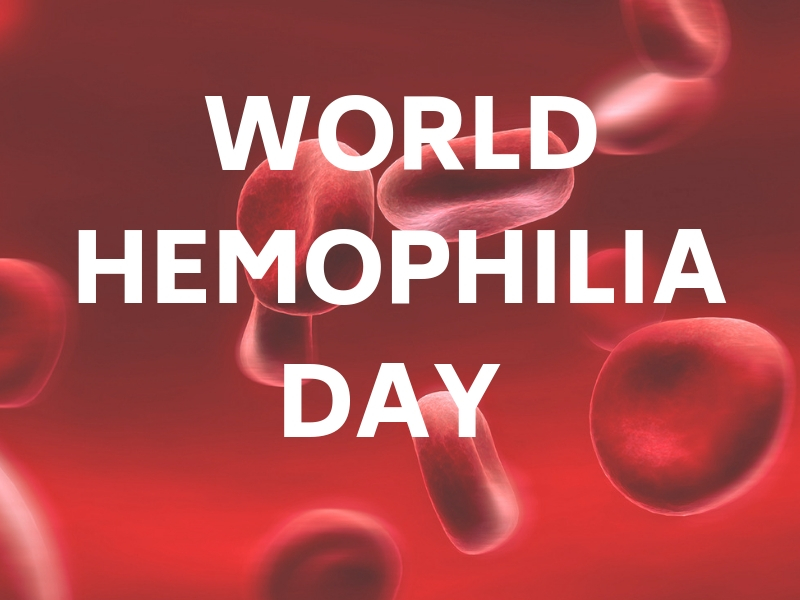Hemophilia is a rare health condition in which the blood does not clot properly in a human body. This means, the person bleeds for a longer duration after an injury or an accident and is also prone to internal bleeding. Internal bleeding can be fatal if it occurs within a vital organ such as the brain. Every year April 17 is marked as World Hemophilia Day to increase awareness about the disease and other inherited bleeding disorders. On this day let us learn more about hemophilia.
World Hemophilia Day was started in 1989 by the World Federation of Hemophilia (WFH) in honor of WFH founder Frank Schnabel’s birthday — a Montreal businessman born with severe hemophilia. This year marks the 30th World Hemophilia Day.
Schnabel’s vision was to improve treatment and care for haemophiliacs worldwide through a new international organization.
WFH headquarters is in Montreal, Canada, and has around 113 countries as its members with the official recognition from World Health Organization.
The worldwide incidence of hemophilia is not well known, but is estimated at over 400,000 people.
India has nearly two lakh cases and is estimated to host the second highest number of patients in the world.
Hemophilia is normally an inherited disorder, with no known cure. In Hemophilia, the person does not clot normally because he/she lacks sufficient blood-clotting proteins.
People with hemophilia lack a protein called a clotting factor, which works with platelets to stop bleeding at the site of the injury.
The disease tends to occur mostly in males, since the gene is usually passed from the mother to son.
About one third of new cases are caused by a new mutation of the gene in the mother or the child. In these cases, there is no previous history of hemophilia in the family.
People suffering from hemophilia; usually bleed for a longer duration post an injury than if the blood is clotted normally.
Small cuts usually are not of grave concern.
A greater cause of worry is the deep bleeding inside the body, especially in the knees, ankles and elbows. This internal bleeding can also damage organs and tissues, and it can be life-threatening.
A simple bump on the head can cause bleeding in the brain for some people who suffer from severe hemophilia.
The signs and symptoms include excessive bleeding from injuries, deep bruises, unusual bleeding after vaccinations, tightness in joints, blood in urine or stool, without a known cause and in infants, it is unexplained irritability.
Hemophilia is usually treated with a replacement therapy by doctors. This involves giving or replacing the clotting factors that are too low or missing in a patient with the condition. In demand therapy, a treatment is given only after the bleeding begins and remains uncontrollable.
Medical tests in pregnant women who have a family history of hemophilia, can determine whether the baby has inherited it.
If the disease is not diagnosed early, the repeated bleeding into joints, bones muscles may lead to synovitis, arthritis and permanent joint deformities.
Posted in International, News























